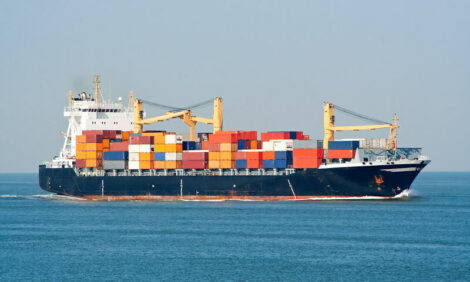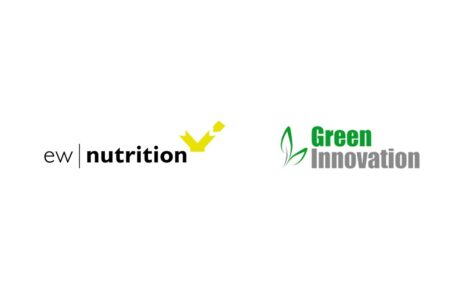



August Warning Issued for Cattle Parasites
UK – Farms with cattle out on pasture should be vigilant against parasites this month, according to the industry’s latest parasite forecast.The National Animal Disease Information Service has warned that any wet weather could ignite problems with Ostertagiosis or parasitic gastroenteritis (PGE).
Veterinary surgeon Peers Davies explains that, depending on a wet or dry year, either type 1 or type 2 of the disease can be problematic.
“The peak of type 1 disease, where we see lots of scours, is normally from August to September, with very severe diarrhoea in most of the group,” said Mr Davies.
He said safe grazing can reduce the challenge and faecal egg counts can also be helpful in some circumstances.
- Wet Summer - Type 1 PGE: Scours in late summer and autumn
This is because eggs dropped earlier on in the year can hatch in summer, providing a large burden of infectious period at grazing.
- Dry Summer - Type 2 PGE: Hibernating larvae in the animal emerge in spring causing very severe disease.
In a dry summer, there isn’t enough moisture to allow many eggs to hatch until late in the year, meaning there isn’t enough time for larvae to develop into the infectious stage.
“Larvae arrest their development in the animal’s gut and then in the spring emerge over a very short period of time," added Mr Davies.
“This synchronous emergence can often lead to very severe disease and often fatalities.”
Lungworm
A very unpredictable parasite, Lungworm can strike quickly and sometimes with severe effects, particularly in youngstock.
Mr Davies warned that wet conditions after a dry spell present a major Lungworm risk.
“Lungworm is a major risk all the way through the grazing season but particularly now, if we have wet conditions following a dry period," he added.
“Farmers should be alert for the visible signs or coughing, milk drop, breathing difficulties and vets should be contacted if farms are unsure about the diagnosis.”
TheCattleSite News Desk


